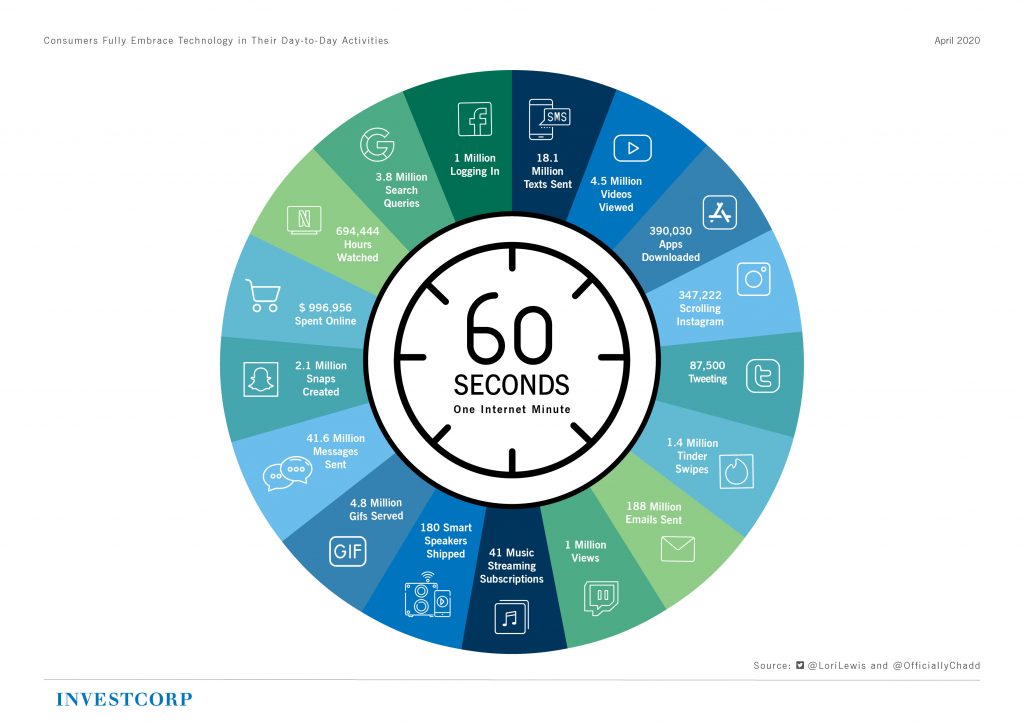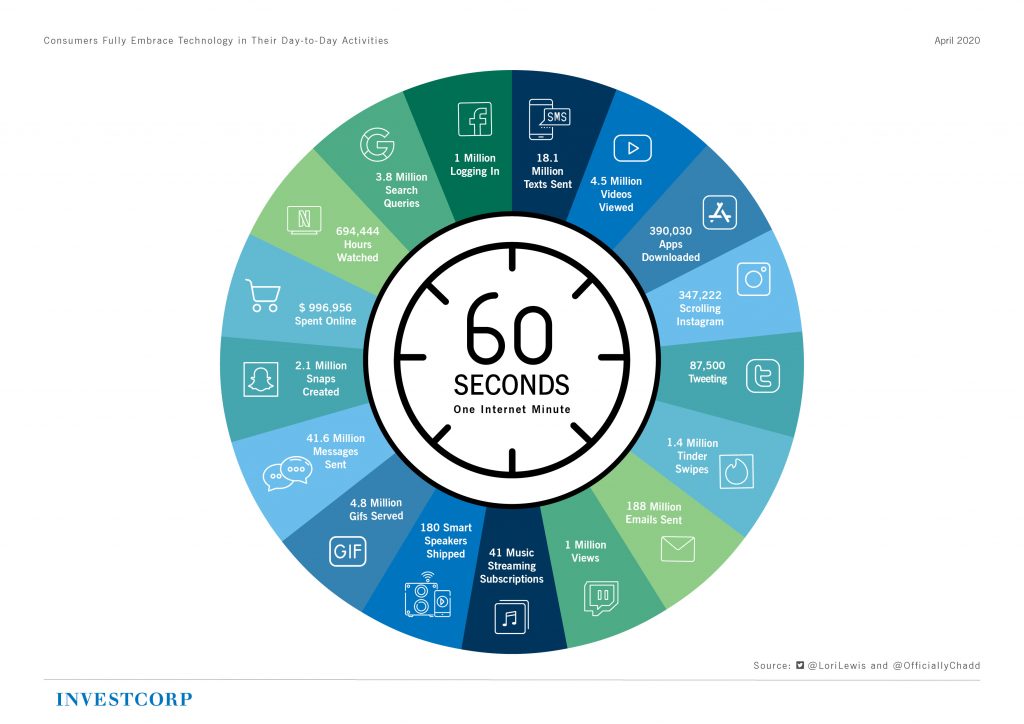

The Chinese stock market has experienced a significant upswing this year, driven by advancements in artificial intelligence, initiatives to achieve chip autonomy, and Beijing’s efforts to curb price competition, boosting investor confidence.
However, as individual investors drive the market upwards and optimistic bulls celebrate liquidity enhancements and supportive policies, some analysts are questioning whether the market is moving towards bubble territory.
The mainland CSI 300 index has ascended about 16% since the year’s start and is approaching highs not seen in over three years. The CSI 300 Information Technology Index, which gauges the performance of tech firms within the CSI 300, last week reached its highest point since 2015.
“The ongoing equity surge in China seems out of sync with the economic fundamentals,” remarked Raymond Cheng, regional CIO for North Asia at Standard Chartered, adding that “retail investors have been pivotal as they transition some of their bank savings into equity markets.”
Retail investors dominate China’s domestic stock markets, representing about 90% of daily trade, as per HSBC data. This sharply contrasts with major global exchanges, where institutions lead trading activities — on the New York Stock Exchange, for instance, individual investors comprise only 20%–25% of trading volume.
Current total Chinese household savings amount to more than 160 trillion yuan ($22 trillion), a historic peak, according to HSBC. Nonetheless, only 5% is directed towards equities, indicating potential for increased retail involvement, particularly as deposit rates decline and the property market remains unappealing, analysts informed CNBC.
Fundamentals vs. momentum
“The fundamentals don’t strongly back the momentum, but markets often lead the fundamentals,” stated Hao Hong, managing partner and CIO at Lotus Asset Management. “There are few indicators of excess in the overall market, but certain segments are a bit too heated.”
“This is not yet a bubble, but it’s heading in that direction,” warned Hong. He pointed out that contract research organizations — firms offering R&D assistance to pharmaceutical, biotech, and medical device companies — and technology sectors are the riskiest areas, though he refrained from categorizing them as bubbles.
Over $3 trillion has been added in market capitalization across Chinese and Hong Kong equities this year, according to Goldman Sachs. However, analysts noted that China’s economic data provides little evidence of a genuine and sustainable recovery.
Last month, Japanese financial group Nomura cautioned about excessive borrowing and potential “bubbles” as the stock market continues to rise despite signals of a faltering economy in the latter half of the year.
China’s economic deceleration intensified in August as several key metrics underperformed expectations. Sustained weak domestic demand and Beijing’s strategies to mitigate industrial overcapacity impacted production.
Industrial output grew by 5.2% last month, down from July’s 5.7% growth and representing its slowest pace since August 2024. Retail sales increased by 3.4% year on year, falling short of analysts’ prediction of 3.9% in a Reuters survey and slower than July’s 3.7% growth.
“Up to now, we haven’t observed turnaround signs in macro fundamentals, though the current momentum might be buoyed by hopes for structural enhancements in the economy,” mentioned Chaoping Zhu, global market strategist at J.P. Morgan Asset Management.
Mid-year reports indicate some stabilization in areas like AI, semiconductors, and renewables, and Beijing’s “anti-involution” initiative — aimed at curbing price competition — might enhance corporate earnings potential, Zhu stated.
For instance, Chinese chip manufacturer Cambricon announced record earnings in the first half of the year, soaring over 4,000% year on year to 2.88 billion yuan ($402.7 million) in the first six months, underscoring the increasing momentum of local chip firms as Beijing pushes to fortify its domestic semiconductor industry.
However, Zhu warns that technology valuations might have “factored in excessively optimistic expectations,” rendering the market susceptible to declines before earnings align.

